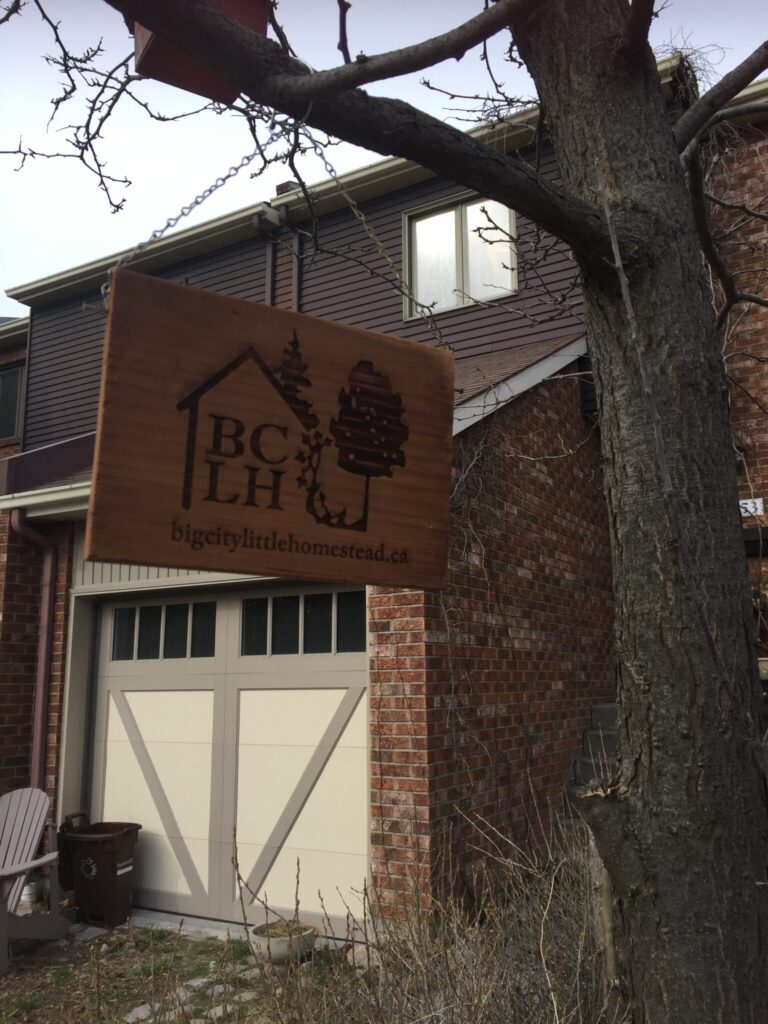It’s been on my to-do list for a few weeks to build a couple of bird houses with the scrap wood I have leftover from other projects, and so finally I did the job just in time for spring migration.
In fact, by May, it’s almost too late — except that some species breed more than once. Those birds who arrived earlier already have young, but those just arriving are getting ready to make a nest. A ready-made niche is often accepted — and that’s what I’m going to provide!
And so can you. Do it this weekend!
“Using Old Wood To Build A Birdhouse” is a into a new kind of post here called a Project or Portfolio post. I decided it this was a nice way to do it with a picture gallery, and I could centralize all the DIY projects that way. (It’s also been a hugely popular blog post).
Resource: NestWatch’s All About Birdhouses has everything you need to know about different birdhouses and nest boxes for different types of birds, and also how to set them up with a nest camera!
Cornell Lab of ornithology
Update: A necessary amendment to the bird houses
Portal protectors! These metal aperture guards keep other birds and animals from excavating the holes to the nest box, as happened to me late one fall because of a squirrel. I repaired the damaged sparrow row-house the following spring, like so, but also, the sparrows really like the new orientation of the end-cabin, and I’ve had successive families being raised in it:


I applied the same portal protector to the two bird houses I made for the above DIY project, and you can see the pics of the results there, too. You can buy them at this link (non-affiliate, I make no commission).
In 2025, we have the prospect of a fourth year of Chickadees raising a family in the chickadee box. They’re very discreet, until the nestlings get noisy.
We have the confirmed fourth year of noisy House Sparrow nestlings being raised in one unit of the multi-row-birdhouse sheltered above my own front door. They’ve successfully fledged every year!
And we have active House Sparrow nesting activity for the third year of the bird house on the corner of the back deck, which had previously seen at least one year of fledges.
Build your bird houses, naturalize their placement, and wait. The birds will come!
Lastly, come winter, you can turn the nest boxes into roost boxes, to help out any birds needing a place to crash overnight in the bitter cold.







